Tamara-- post to FAQs all these questions? AND, another Q.
kirkhall
9 years ago
Featured Answer
Sort by:Oldest
Comments (21)
kirkhall
9 years agofunkycamper
9 years agoRelated Discussions
Landscape Design Forum FAQ - Improved
Comments (7)While I think that the "FAQ" as outlined by swanoir was presented tongue in cheek ('the humus'), many of the subsequent comments and/or links to threads that could/should be included in a FAQ were presented in a more serious tone. And maybe they do make sense as a foundation to a real LD forum FAQ. But I've also sensed something else in these comments that may contribute to the apparent lack of communication between new posters seeking advice and those that regularly frequent this forum and offer it. And that is that the long checklist provided by Miss R must be (or should be) answered in detail before posting. Well, of course not! But it is definitely something worth reviewing and giving some thought to. This checklist, or something very similar, is what most designers utilize when first meeting with a prospective client. It gives them a feeling for what the client wants to do with the property, how they intend to use it, what they hope to get out of it and how much effort (time/$$) are they are intending to put into it. Hopefully, reviewing an outline or checklist such as this could help to refine and focus some of those blank slate questions and even educate those new posters totally unfamiliar with the process the degree of complexity, the number of variables and exactly what is involved in the formulation of a landscape design. Even DIY landscape texts intended for the homeowner with no previous design or landscaping experience offer similar checklists to get one started thinking about the process. Obviously, this is overkill for those questions that are more issue-specific, but I think very appropriate for those that are much broader and far less focused....See More10 Most Frequently Asked (FAQ) questions
Comments (32)Soilent Green, I agree with about want lists having an updated date on it. It is very helpful to know when looking at a list. I have one on my trade page and change the date as I update my trade page for trading, which I usually don't start doing until then end of October every year. At the same time, I continue to add seeds to my list as I have them available for the upcoming year, but leave the old updated date until I am ready to trade. That doesn't stop people from emailing me for trades with a date that is 6 months or more old that states when the trade list was updated. As for wasting time pursing trades with people that are no longer trading or interested in trading, there are some members that do not like to be "cold emailed" from other members to do trades, especially with members that are new or fairly new to the seed exchange, or "cold emails" for trades from members that they have never traded with. They may still have trade lists posted that are old because they will have the same seeds available every year and they just leave the list posted and when they are ready to trade again, they post on the seed exchange about trading. I've been a GW member and trading seeds for more than 7 years now, and I, personally, don't "cold email" members for trades unless they are members that I have traded with in the past, trade with frequently every year, or a member that I trade specific seeds with every year and I let them know in advance of posting for trades and BEAP seeds on the forum, what seeds I have specific for them and what I'm looking for. As for GW deleting members have not be active in the last 2 years, that is not a good idea. GW has various forums on the site, and just because someone is not actively posting on the seed exchange forum, doesn't mean they don't post and participate in many of the other forums on GW. Some members just to private trades between certain members only and they leave a trade and want list posted for those specific members to see. Some people have their trade and want list posted and only do round robin trades, but leave that list posted for those on the round robin exchanges to see and use. And yes, there are some members that have trade and want lists still posted that have been banned by GW, have passed away and just are not on GW anymore. Expecting GW to try and figure out what members are and are not active on the seed exchange forum but are posting on other forums on the site, vs don't post at all, is really just a waste of time on their part. There are far to many members on GW and the time it would take is nothing more than a waste of time on their part. I suggest that if you have been wasting time trying to trade with people by sending "cold emails" to them, that you just work with the members that post on the seed exchange with trade offers, BEAP/SASBE offers and if you have seeds for trade on your own trade page, then post on the seed exchange yourself with the seeds you have to trade and what you are looking for. Experience has shown me that the easiest way to trade seeds is to use the seed exchange forum and the posts on the seed exchange form itself and to post myself with offers and what I'm looking for. There is always room for improvement on any site. And Welcome to the wacky world of seed trading. Fran...See MoreHelp put the Q in FAQ
Comments (14)Here's the web version for everyone. Came originally from "Sylvia's Charts for Shade Gardening," which seem to have disappeared from the web. I never did find out who Sylvia was. Anyone? These vegetables will thrive in 4-5 hours of sun: Amaranth;Arugula;Bamboo (for shoots, check variety);Beans, Broad/Fava;Beets;BuckÂs Horn Plantain;Burdock;Cabbage, Common and Ornamental;Cabbage, ChineseÂHeaded and Loose-Headed ;Celeriac;Celery ;Celtuce;Chard;Chicories;Chickweed;Cinnamon Vine/Chinese Yam;Collards;Corn Salad;Peppergrass, Upland, and Watercress ;Endive, Escarole ;Fennel, Florence;Chrysanthemum, Garland ;Good King Henry;Groundnut;Jerusalem Artichokes;Kale, Common and Ornamental;Komatsuna;LambÂs Quarters;Lettuce ;Malabar Spinach;Mallow;Mibuna;Milk Thistle;MinerÂs Lettuce;Mizuna;Nam Fong, Red Giant India);Nettles, Stinging;New Zealand Spinach;Onions ;Orach;Pak Choi and Flowering Pak Choi;Peas/Pea Shoots;Potatoes;Purslane;Radish, Spring;Rape;ShepherdÂs Purse;Skirret;Sorrel, Garden;Sow-Thistle;Spinach, Common and Oriental;Spinach (Perpetual) Beets;Turnip and Turnip Greens;Vitamin Green; These will only tolerate 4-5 hours of sun: Artichoke;Asparagus;Beans, Runner ;Beans, Snap (some cultivars);Broccoli, common, Romanesco, and Sprouting ;Carrots;Cauliflower ;Chinese Kale/Chinese Broccoli;Cowpeas;Cucumbers;Dandelion;Hamburg Parsley;Hops;Kohlrabi;Leek;Parsnips;Peppers, Ornamental;Rutabaga;Salsify/Scorzonera;Samphire;Seakale;Squash, Summer ; These vegetables will thrive in 2-3 hours of sun: Peppergrass, Upland, and Watercress ;in the form of furled "fiddlehead" fronds;Nettles, Stinging;Sorrel, Garden;Sow-Thistle;Spinach, Common and Oriental;Spinach (Perpetual) Beets These will tolerate 2-3 hours of sun: Amaranth;Arugula;Burdock;Cabbage, ChineseÂHeaded and Loose-Headed ;Endive, Escarole ;Chrysanthemum, Garland ;Kale, Common and Ornamental;Lettuce ;Malabar Spinach;Mallow;Milk Thistle;MinerÂs Lettuce;Mizuna;Nam Fong, Red Giant India);New Zealand Spinach;Pak Choi and Flowering Pak Choi;Peas/Pea Shoots;Rape;Vitamin Green; There's nothing on the list that thrives on 0-1 hours of sun, except stinging nettle. But these few will tolerate 0-1 hours of sun: Burdock;Chicories;Peppergrass, Upland, and Watercress ;Endive, Escarole ;in the form of furled "fiddlehead" fronds;Kale, Common and Ornamental;Lettuce ;Sorrel, Garden;Sow-Thistle;...See Morebathroom tile FAQ's
Comments (64)I changed the entrance of my shower tub. The panel board was moldy; water was getting in between the top tiles and the panel board. the joint was not well sealed. I put new everything for the entrance, even a membrane between the plywood and the tiles. However, it seems to leak from the wall now. Water is coming out of the wall outside the shower tub. Would it be the grout, tiles...? Tiles and grout are probably 20+ yrs old ( turquoise tiles). I tried to put some ready grout ( in a tube), but it still leaks! Calking is well done. Should I remove the old grout and put new one everywhere? Thanks for your help!...See Moreschicksal
9 years agofunkycamper
9 years agoschicksal
9 years agofunkycamper
9 years agokirkhall
9 years agoBuehl
9 years agohvtech42
9 years agokirkhall
9 years agokirkhall
9 years agokirkhall
9 years agoBuehl
9 years agofunkycamper
9 years agohvtech42
9 years agotea4all
9 years agoTamara
9 years agotea4all
9 years agokirkhall
9 years agomudhouse
9 years ago
Related Stories
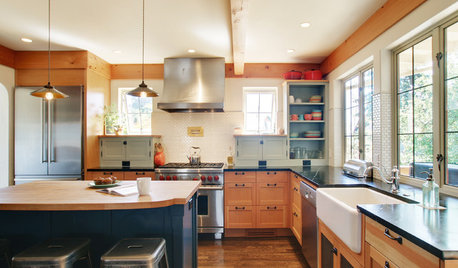
MOST POPULAR8 Questions to Ask Yourself Before Meeting With Your Designer
Thinking in advance about how you use your space will get your first design consultation off to its best start
Full Story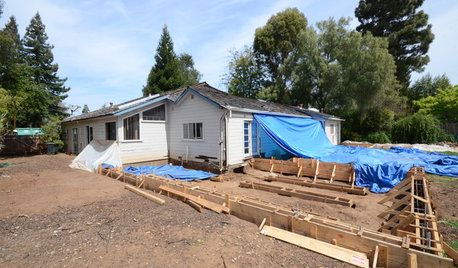
REMODELING GUIDESSurvive Your Home Remodel: 11 Must-Ask Questions
Plan ahead to keep minor hassles from turning into major headaches during an extensive renovation
Full Story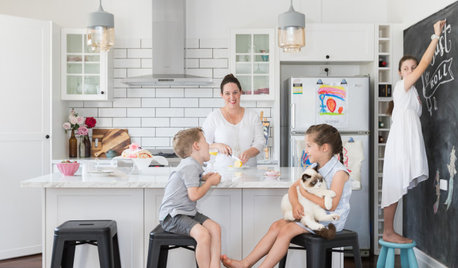
FEEL-GOOD HOMEThe Question That Can Make You Love Your Home More
Change your relationship with your house for the better by focusing on the answer to something designers often ask
Full Story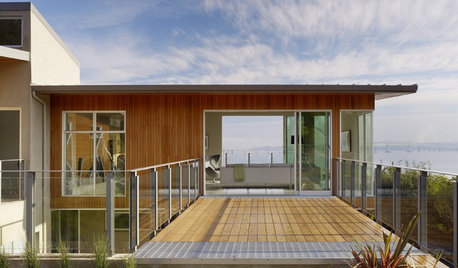
GREEN BUILDINGWhat's LEED All About, Anyway?
If you're looking for a sustainable, energy-efficient home, look into LEED certification. Learn about the program and its rating system here
Full Story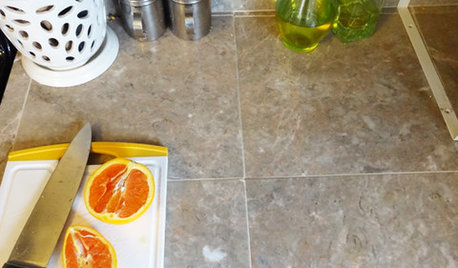
HOUSEKEEPINGHow to Clean Grout — Stains and All
If your grout is grossing you out, this deep-cleaning method will help it look new again
Full Story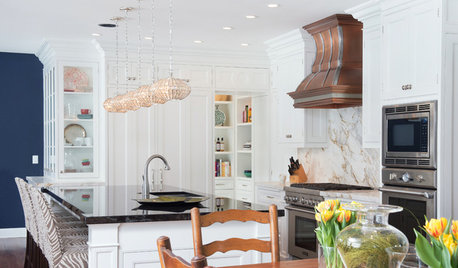
KITCHEN DESIGNWhat to Know When Choosing a Range Hood
Find out the types of kitchen range hoods available and the options for customized units
Full Story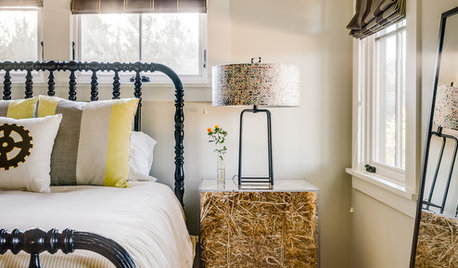
BEDROOMS15 Nightstands That Are Not Your Average Bedside Tables
Take another look at that unusual antique or flea market find. It could have a new life next to the bed
Full Story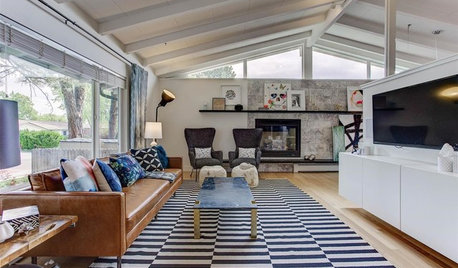
MOST POPULARHow High Should You Mount Your TV?
Today we look at an important question to consider when locating your television: How high should you set it?
Full Story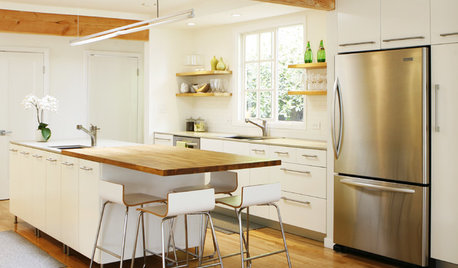
LIFESurprising Ways to Pare Down at Home
All those household items you take for granted? You might not need them after all. These lists can help you decide
Full Story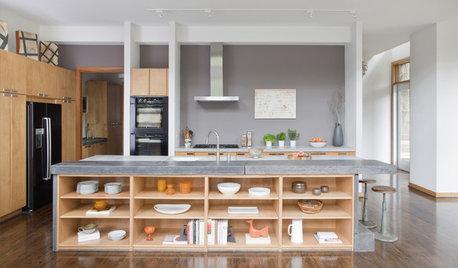
KITCHEN DESIGNHow to Design a Kitchen Island
Size, seating height, all those appliance and storage options ... here's how to clear up the kitchen island confusion
Full StorySponsored
Columbus Design-Build, Kitchen & Bath Remodeling, Historic Renovations




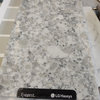
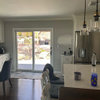


Tamara